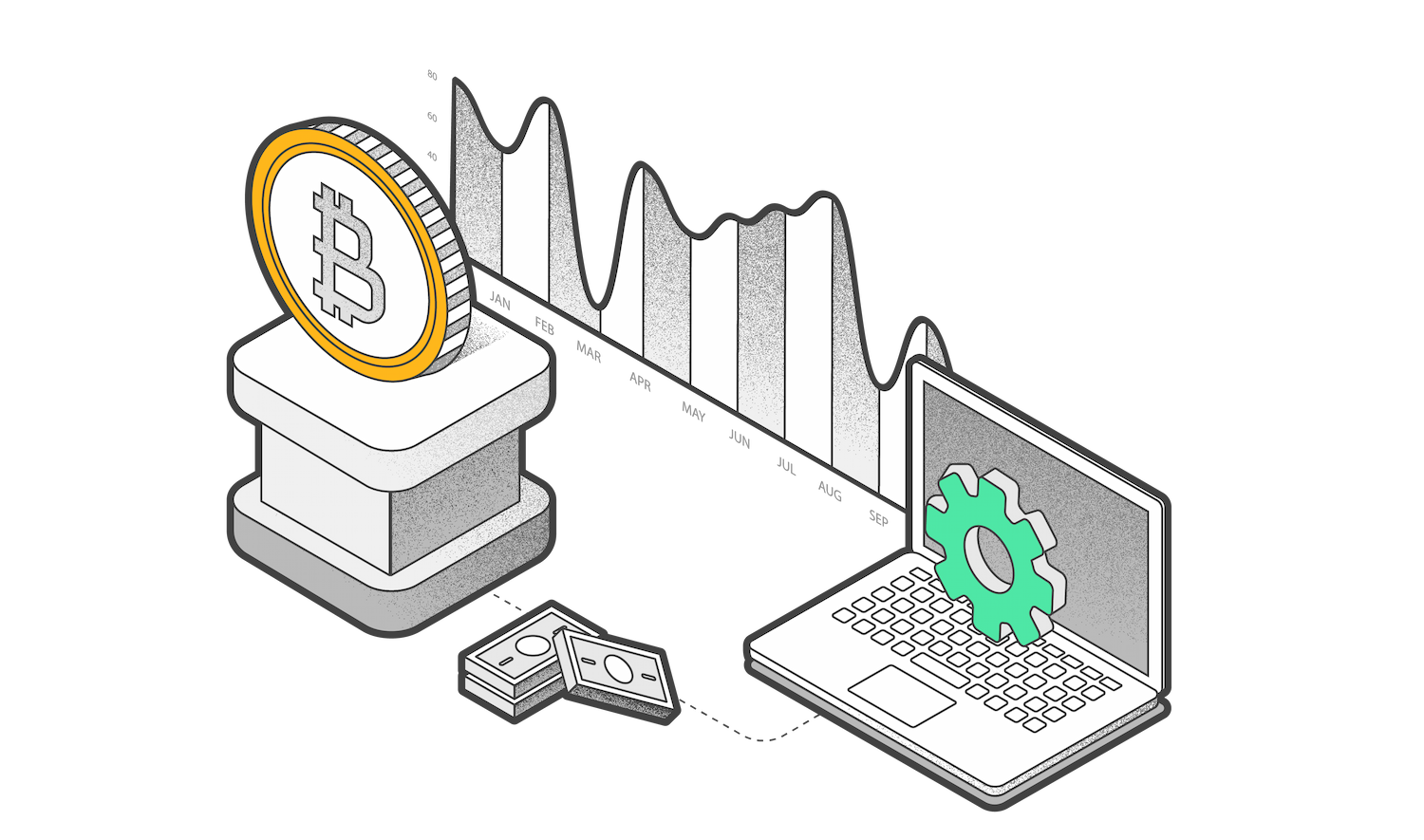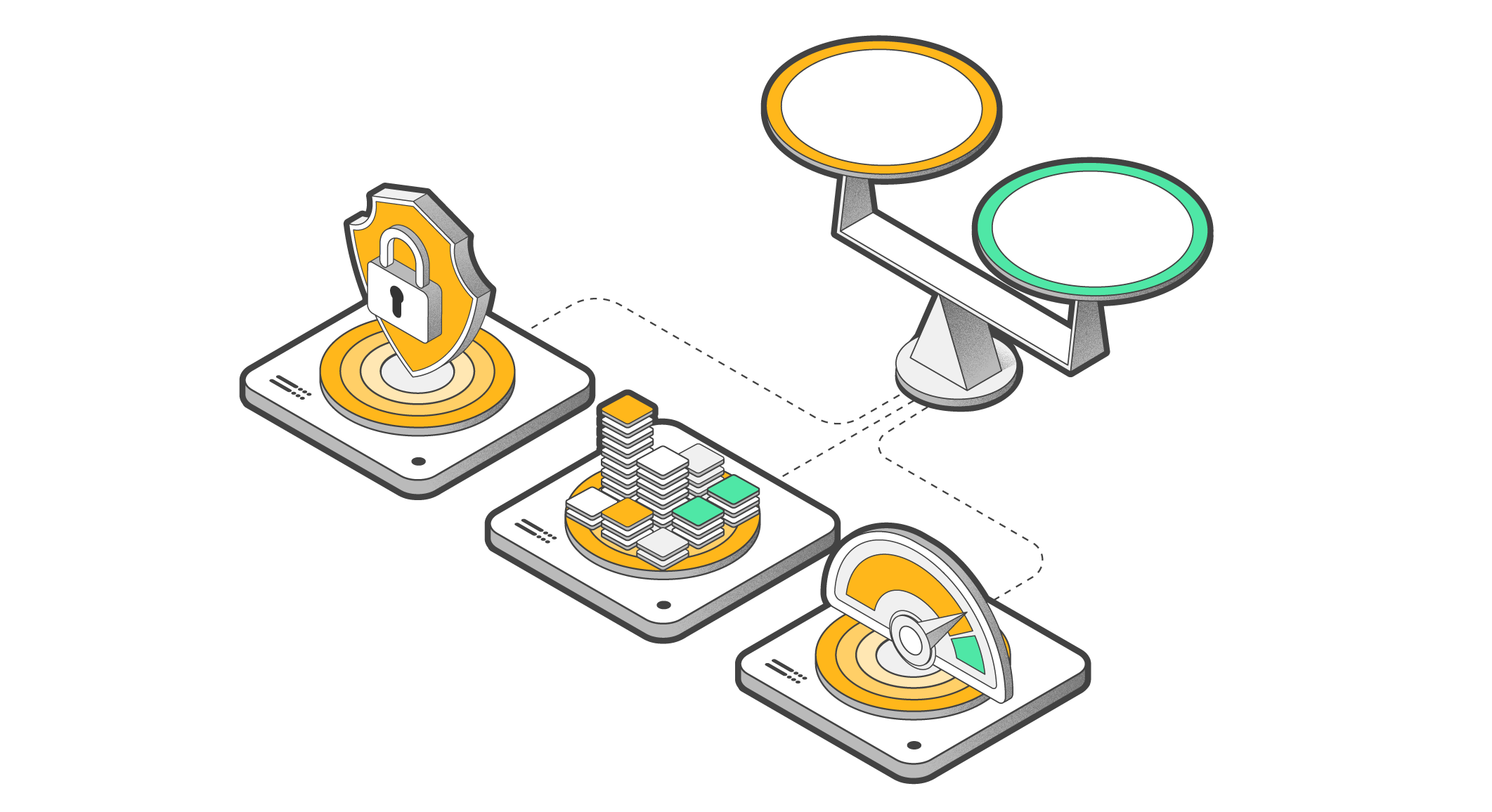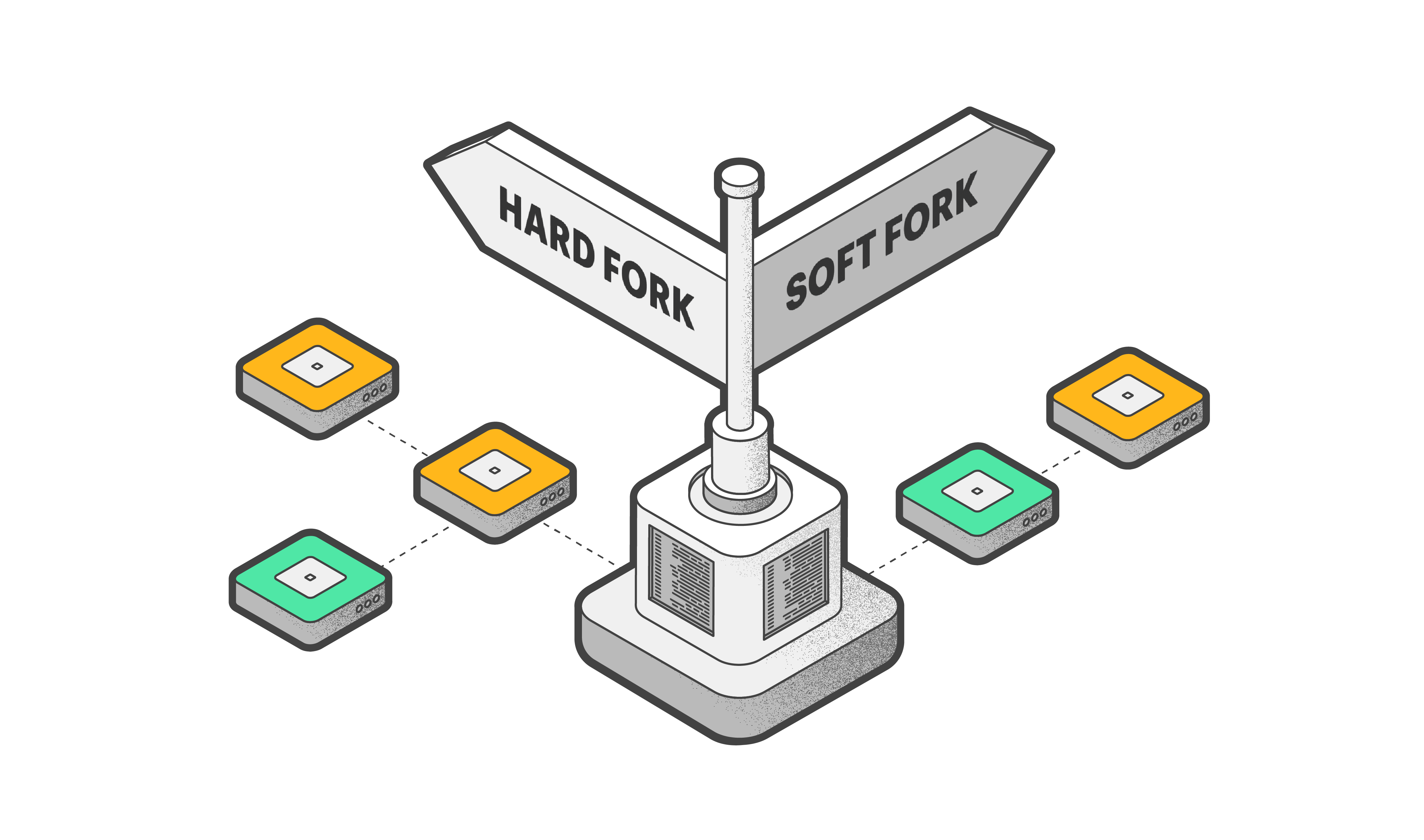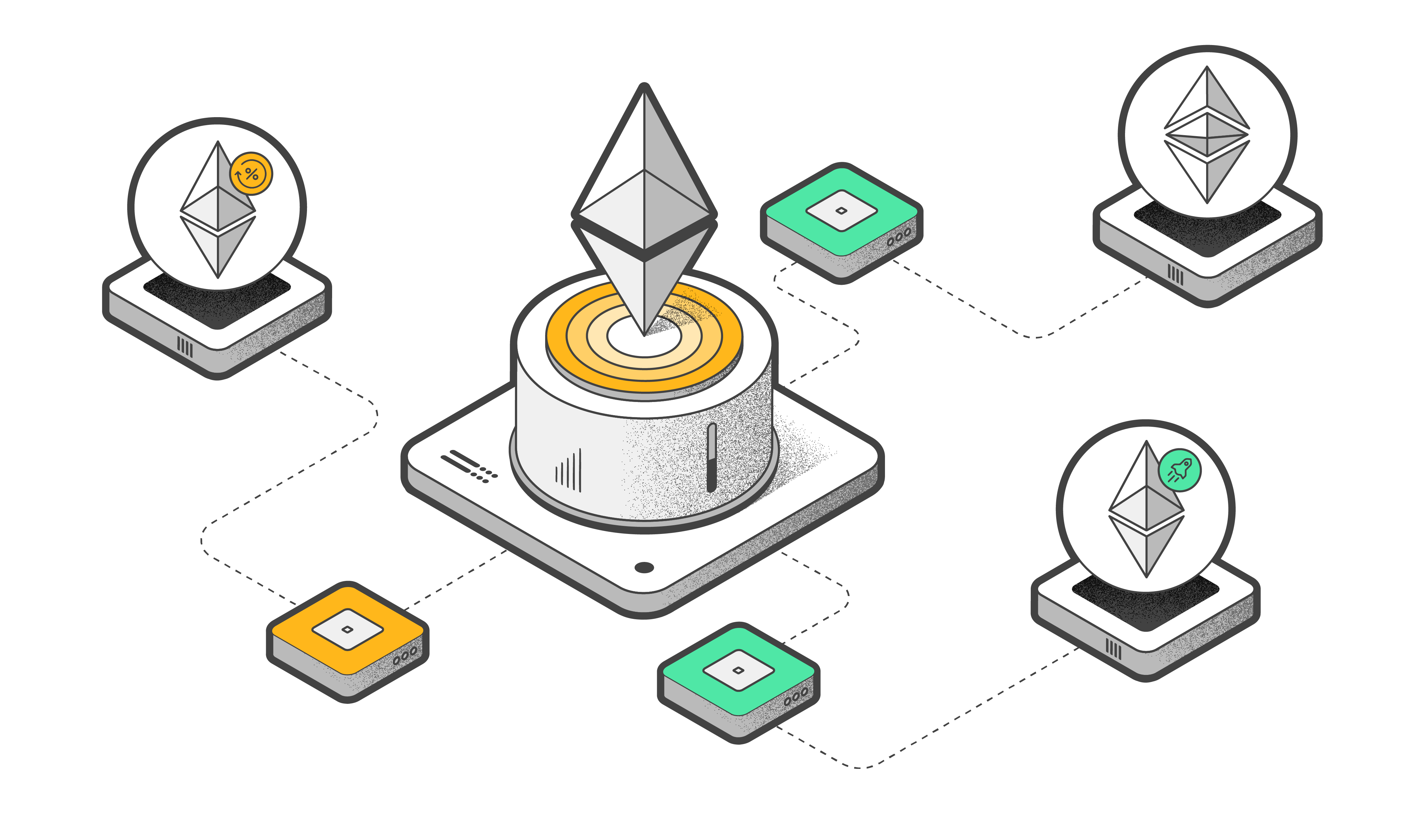
What is Market Capitalization in Crypto?

Cryptocurrency market capitalization is a simple way to determine how big a digital currency is — and it can help you make better financial decisions. Calculating a cryptocurrency's market cap is simple. Simply multiply a coin's current price by the total number in circulation.
Let's say an asset is now valued at $100 and has a circulating supply of 25 million. Multiplying the two gives us the cryptocurrency market capitalization, which is $2.5 billion in this example. Why does market capitalization matter?
What is the total market cap?
The total market cap provides a more comprehensive, up-to-date view of the state of the crypto asset industry by incorporating market data from various cryptocurrencies, such as Bitcoin, Ethereum, XRP, and Kaspa.
It's important to monitor the total supply of altcoins. For example, Bitcoin has a maximum limit of 21 million coins in circulation. On the other hand, some altcoins, like ETH, have a much larger total supply, with 1 billion coins available.
Coins with a higher total supply typically have substantially lower prices. A cryptocurrency's value is often influenced by scarcity in addition to the value of its blockchain technology. For example, Bitcoin's all-time high is $73,750. You should consider a cryptocurrency's market capitalization instead of its individual coin price when assessing the wide range of cryptocurrencies available.
How is the market cap calculated?
A cryptocurrency's market capitalization is calculated by multiplying its current price by the amount in circulation.
Market Cap = Price X Circulating Supply
In Tangem Markets, you can track cryptocurrency market capitalization and understand each currency's popularity level. It provides the most widely used index for all relevant financial data in the cryptocurrency market.
The volume-weighted average of all prices from all exchanges determines all prices in Tangem Markets. Remember that monitoring a cryptocurrency's available supply is crucial rather than its entire supply. Ultimately, the only supply truly available on the market now is the circulating supply.
Is the market cap of crypto a valuable metric?
The relative importance of the size of the cryptocurrency market is a topic of intense debate. According to some critics, it's an unwanted legacy of the stock market that causes people to make poor investing decisions and fuels fear and greed. Cryptocurrency market capitalization can also provide an objective, fact-based assessment of a token's performance, which is crucial when considering alternatives to social media hype.
Large-cap vs. mid-cap
Large-cap cryptocurrencies are often viewed as secure investment options. These digital currencies have a market capitalization of over $10 billion. In general, investing in coins with a high market capitalization is a wise decision. While these coins are more volatile than traditional investments such as equities, they are likely less volatile than other cryptocurrencies.
Compared to large-cap cryptocurrencies, mid-cap cryptocurrencies have much greater growth potential but are much more volatile. Small cryptocurrencies can grow significantly in the short term but are also very risky. They might crash at any time.
Before investing in cryptocurrencies, it's important to do thorough research and consider all relevant factors. For example, market capitalization doesn't provide much insight into recent trading volumes. It's wise to also check Coinmarketcap for key indicators like the 24-hour trading volume across different exchanges over a significant period of time.
Comparing Fully Diluted Valuation (FDV) to Market cap
The Fully Diluted Valuation (FDV) to Market Cap ratio offers insights into a token's current price relative to its potential total valuation if all tokens were in circulation.
High FDV-to-Market Cap Ratio:
If FDV is significantly higher than the current Market Cap, many tokens have yet to enter circulation. This could mean potential selling pressure in the future if these tokens are released. As new tokens become available, their introduction might dilute the existing supply, potentially putting downward pressure on the price.
Example: Suppose a project has only 10% of its total tokens in circulation with an FDV ten times its current Market Cap. This could signal overvaluation unless the project demonstrates steady growth and demand.
Low FDV-to-Market Cap Ratio:
A low FDV-to-market cap ratio suggests that most tokens are already in circulation. This reduces the likelihood of supply-driven dilution, potentially making the current token price more stable if demand remains constant.
Example: Projects with a low ratio might indicate less inflation risk, appealing to investors seeking stable tokenomics.
The FDV-to-Market Cap ratio provides a glimpse into future supply impact and price stability. A high ratio signals more potential inflation, while a low ratio indicates a mature supply and potentially more stable prices.
Summary
Market capitalization—market cap—provides a more accurate measure of a cryptocurrency's overall value than its price. Here's why:
- Market size: Market cap reflects the total value of all coins in circulation, giving a clearer picture of the cryptocurrency's scale. For example, a coin with a low price but billions in circulation can have a higher market cap than one with a high price but fewer coins.
- Relative value: Comparing cryptocurrencies by market cap helps assess their relative importance or dominance in the market, regardless of price. A coin priced at $1 may be more valuable overall than one priced at $10, depending on the number of coins available.
Investment decisions: Market cap shows the potential for growth and stability. Larger market caps generally indicate established projects, while smaller ones might carry higher risk but offer more growth potential.
Conclusion
Market capitalization is a fundamental metric in cryptocurrency, providing valuable insights into various cryptocurrencies' relative size, popularity, and potential growth.
While a higher market cap often indicates a more established and potentially stable cryptocurrency, other factors, like trading volume, community support, and technological fundamentals, must also be considered before making investment choices.










